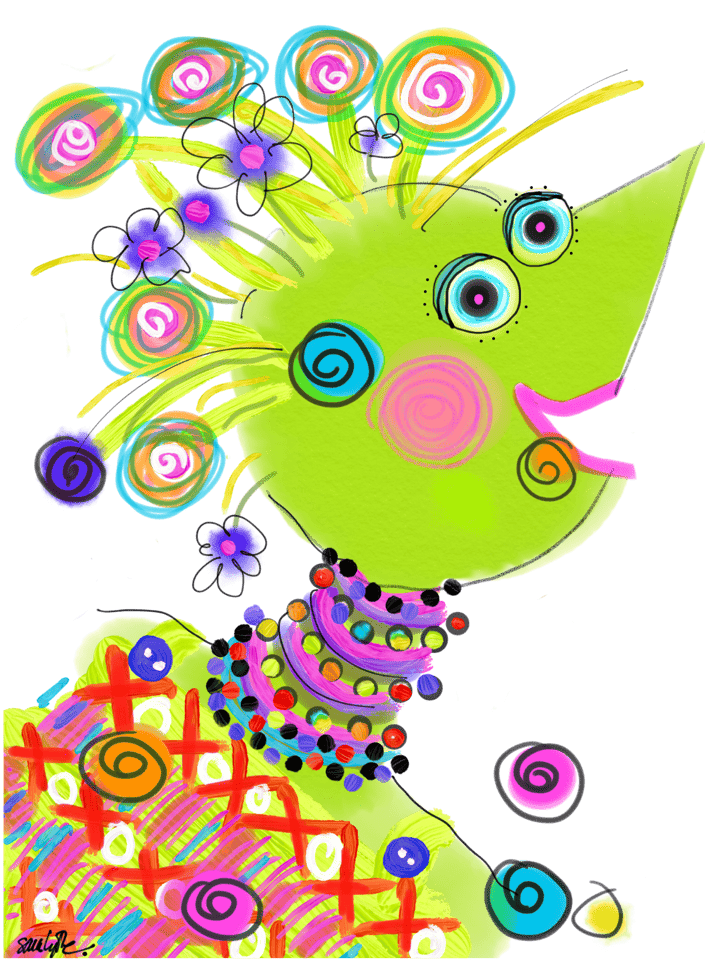Unraveling the Mystery: Where Do Head Lice Originate?
Head lice, those tiny, wingless insects that infest our scalps and cause itching and discomfort, have been a nuisance for humans throughout history. But have you ever wondered where these pesky critters come from? In this blog, we’ll delve into the origins of head lice, their life cycle, and how they’ve managed to stick around for so long.

The Basics of Head Lice
Before we explore their origins, let’s get familiar with some basics about head lice:
- Head Lice Species: The scientific name for the head louse is Pediculus humanus capitis. They are a subspecies of the human louse and have evolved to thrive exclusively on the human scalp.
- Lice Lifecycle: Head lice have three stages in their lifecycle: the egg (nit), nymph, and adult. They feed on human blood and reproduce by laying eggs, which attach to hair shafts close to the scalp.
- Transmission: Head lice are typically transmitted through direct head-to-head contact with an infested person. They cannot jump or fly but can crawl quickly from one host to another.
Now, let’s dig deeper into the origins of these persistent parasites.
Ancient Origins
Head lice are ancient parasites that have plagued humans for millennia. Their origins can be traced back to our evolutionary history. It is believed that head lice evolved from their ancestors, which were parasites of early mammals. As humans evolved and began to wear clothing and develop social structures, lice adapted to their new environment and became specialized for life on the human scalp.
Throughout history, head lice have been found on the heads of mummies from ancient Egypt and have been referenced in historical texts, including the Bible and Greek literature. This suggests that they have been with us for thousands of years.
Adaptation to the Human Scalp
Head lice have evolved to be highly specialized for life on the human scalp. They have adapted to feed exclusively on human blood and have developed specialized claws for grasping hair shafts. This specialization has allowed them to thrive in their unique ecological niche.
Reproduction and Infestation
The life cycle of head lice is a key factor in their persistence. Female lice lay eggs, or nits, close to the scalp, where they are well-protected and receive warmth from the host’s body. These nits hatch into nymphs, which mature into adult lice. An adult female louse can lay several eggs each day, and a single infestation can lead to hundreds of lice within a matter of weeks if left untreated.
Evolutionary scientists believe that head lice have evolved to reproduce quickly to ensure their survival. This rapid reproduction allows them to persist even in the face of efforts to eliminate them.
Modern Challenges and Prevention
While head lice have ancient origins, they remain a modern problem, especially in environments where close human contact is common, such as schools and households. The good news is that modern science and medicine have provided effective treatments to combat head lice. Over-the-counter and prescription shampoos, as well as fine-toothed combs, can help eliminate lice and their eggs.
Preventing head lice infestations involves educating individuals about avoiding head-to-head contact and sharing personal items like hats and hairbrushes. Regular checks for lice, particularly in children, can also help catch infestations early and prevent their spread.
Conclusion
Head lice, with their ancient origins and remarkable adaptability, continue to pester humans today. Understanding their evolutionary history and lifecycle can help us combat these persistent parasites effectively. While head lice may have been with us for thousands of years, modern science has given us the tools to manage and eliminate them, ensuring that their impact on our lives is minimal. If you or someone you know is dealing with head lice or has questions, reach out to our head lice specialists today!
